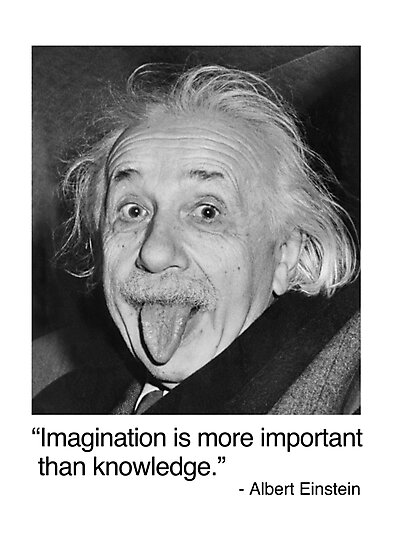The (other) revolution will not be televised
For better or for worse (and it’s mostly for worse), most of our news is delivered visually. And the old axiom of “if it bleeds, it leads” is more apt than ever before. People with their faces pressed against the statehouse doors? That’s a great photo op. White guys with assault weapons holding up signs? That makes for a clickbait-ready 30-second video loop. A crowded bar in Wisconsin is a novelty in novel coronavirus times, a car wreck that our eyes are drawn to.

But while these fringe folks are dominating the latest news cycle (along with the Oompa Loompa in Chief), let’s not forget that the vast majority of Americans are acting in ways that are healthy, courteous, civil. Staying home. Limiting their contact with non-family members. Social distancing. Wearing masks in public. Respecting the rules that are set up to save lives. But there’s not a “hot story” in millions of Americans working together (albeit apart) for the common good.
Last time I checked, “Life” came before “liberty” in the Declaration of Independence. If we have to sacrifice a bit of the latter over a short period of time, to preserve the former, that makes sense to me. Especially when someone’s idea of “liberty” means overburdening the health care system and causing tens of thousands of needless deaths.
Rickey Dobbs explains it much more eloquently and entertainingly than I ever could, in this brilliant and hilarious post from his always-brilliant-and-hilarious blog Hitting the Trifecta. The post compares the “transmission rate” of motorcycle accidents to the transmission rate of coronavirus. Here’s an excerpt:
Here’s the thing: no one gives a White House Rose Garden rat’s ass about your “freedom” if exercising it results in a chain reaction that kills untold thousands upon thousands of people. Your freedom must be restrained, for the survival of all of us.
My personal preference, with regard to freedoms and such, is living. Further, I value keeping my grandma and mom and dad alive. I enjoy keeping my nephews and niece alive, too.
I’m willing to accept some risk in daily life. That’s why I drive a car, walk on the sidewalk, and use elevators. There’s a chance I could die from any of these endeavors, but it’s a tiny chance that is mitigated by safety measures. The risks to myself, but more importantly, to you and your kids, are tiny compared to the efficiency brought about by doing those activities.
But if it’s an actuarial certainty that your “freedom” will kill lots of nieces and nephews and grandmas, it becomes society’s obligation to make your exercise of your freedom conform to our collective, legitimate preference to remain members of CHOTSOD. (Club for Humans on This Side of the Dirt.)
So true. We have an obligation to play by the rules, for the greater good of society.
I get it, after 9 weeks in lockdown, everyone is a bit “shack wacky” as my friend Howard calls it. And I know small businesses are hurting, but they’ll suffer even more unless we stick with the plan. The health experts are saying we’re in the second inning of a nine-inning contest. We did a great job with #flattenthecurve but it’s way too soon to bail out now. Thank you for doing your part to #Stopthespike.





You done said…